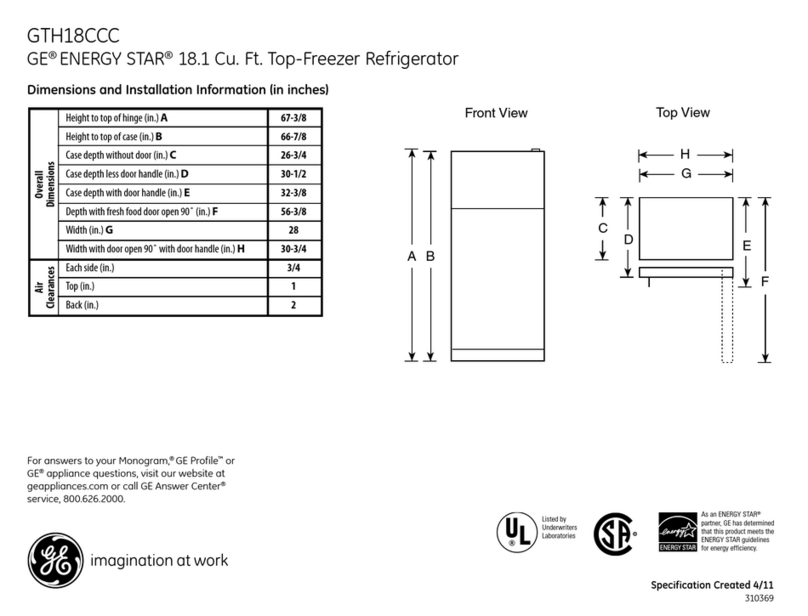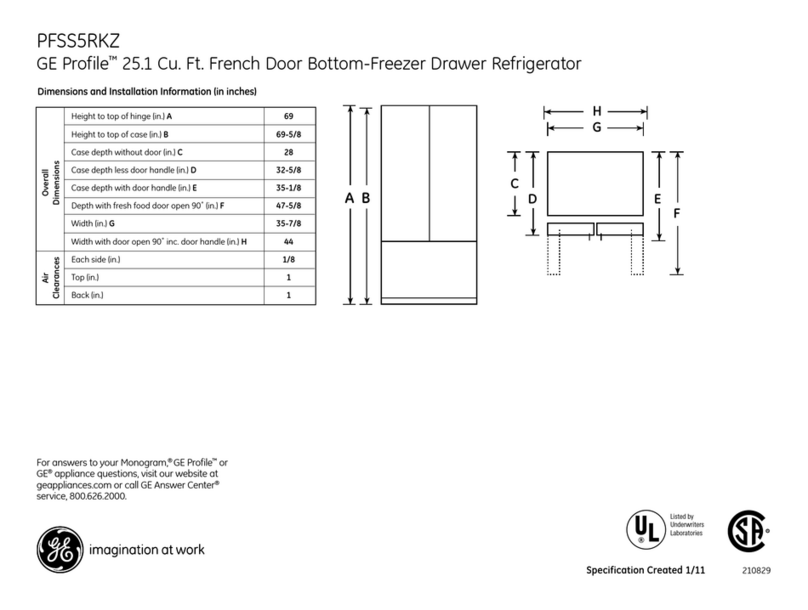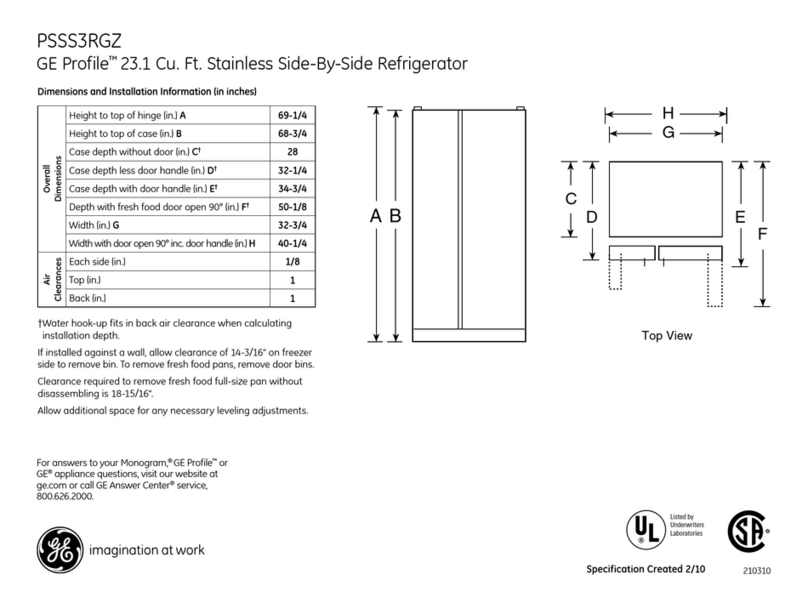GE Profile PFSS5NJWSS User manual
Other GE Refrigerator manuals

GE
GE GSH25JSRISS and Operating instructions
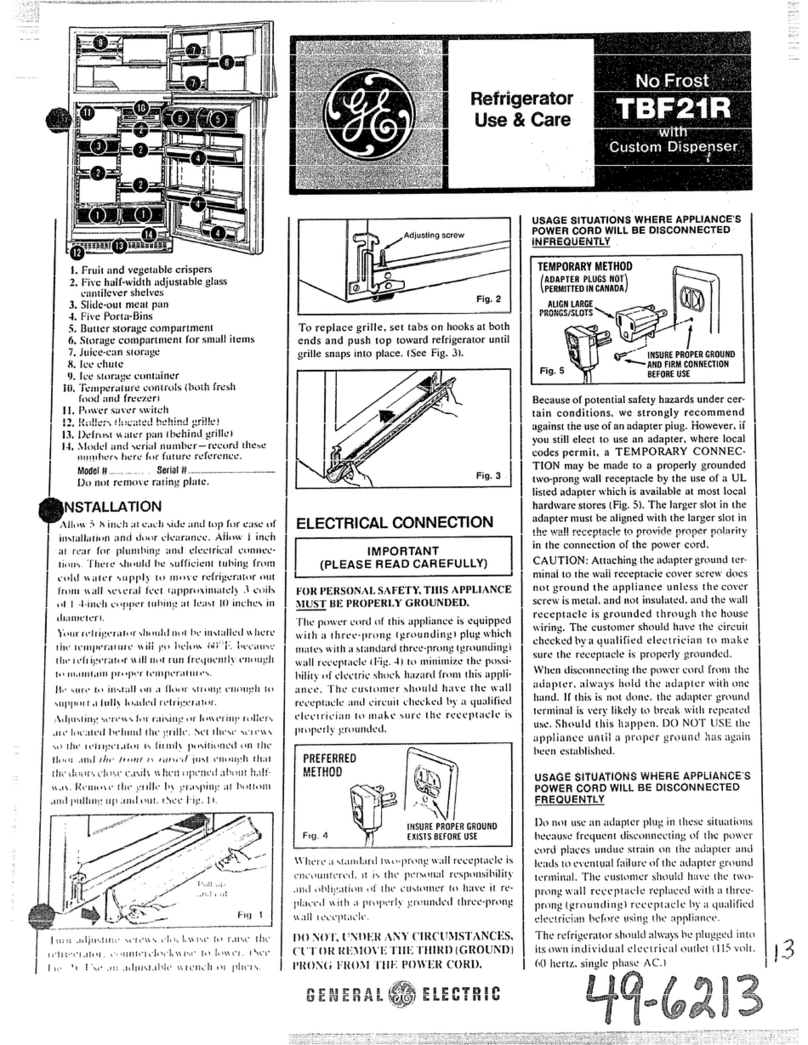
GE
GE TBF21R Installation instructions
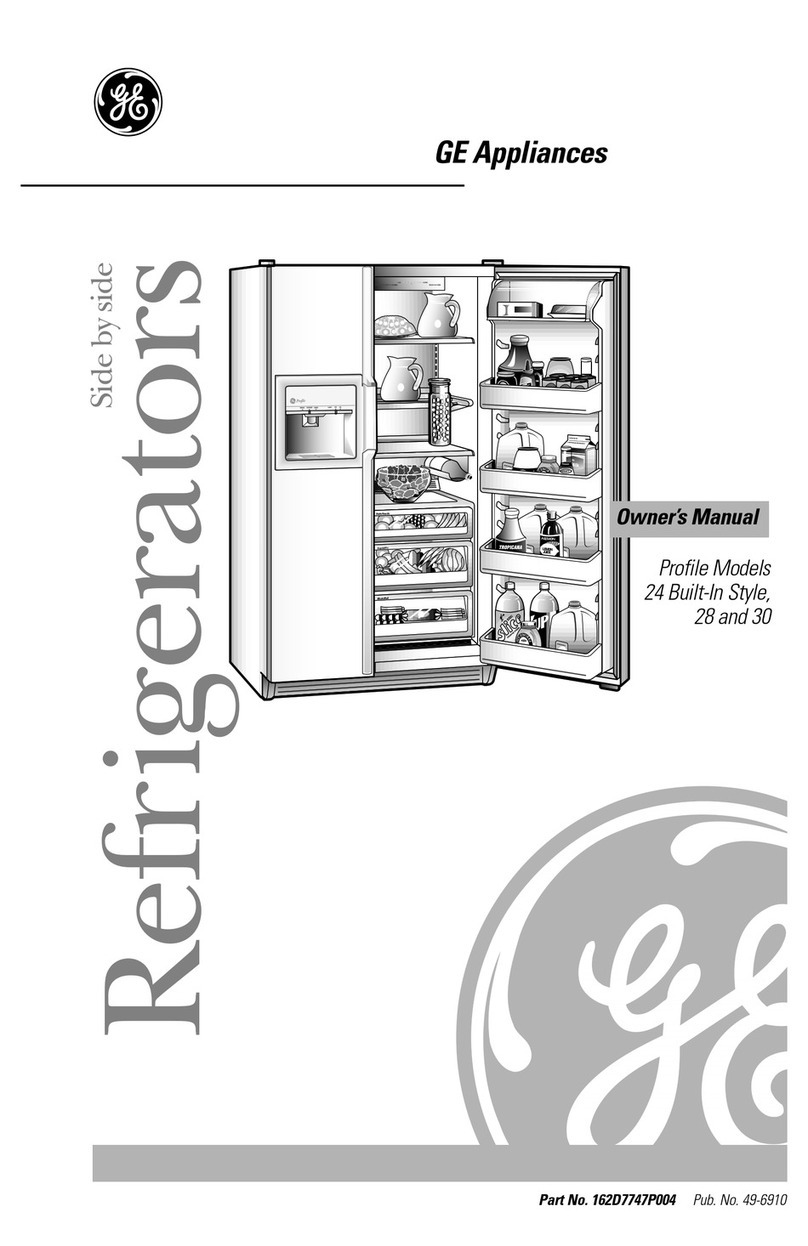
GE
GE Appliances 28 User manual

GE
GE 20 Operating instructions
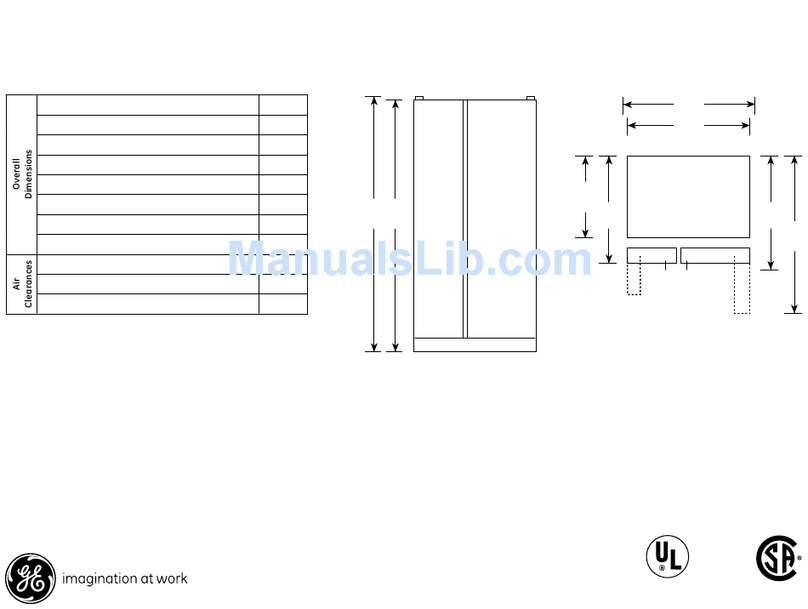
GE
GE PSCS3TGXSS - 23.3 cu. ft. Refrirator Manual
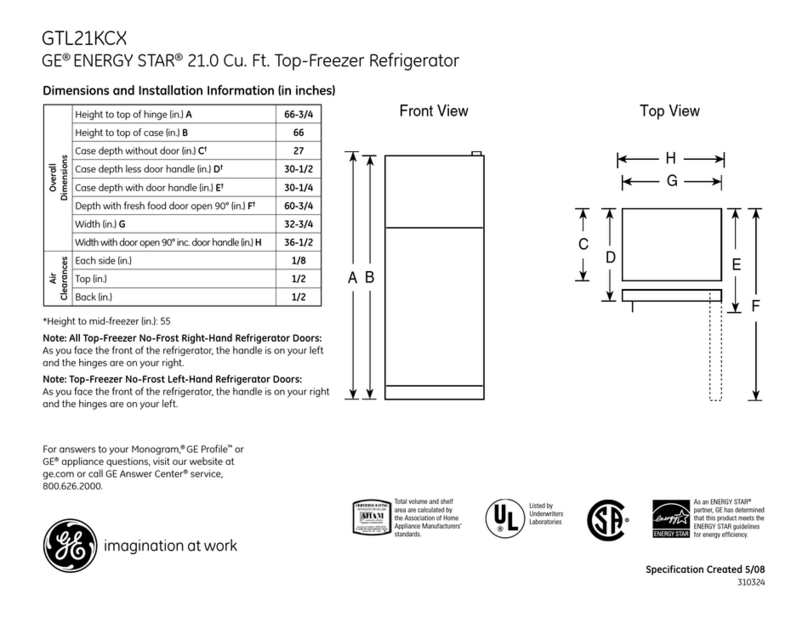
GE
GE GTL21KCXBS - R 21.0 Cu. Ft. Top-Freezer... User manual
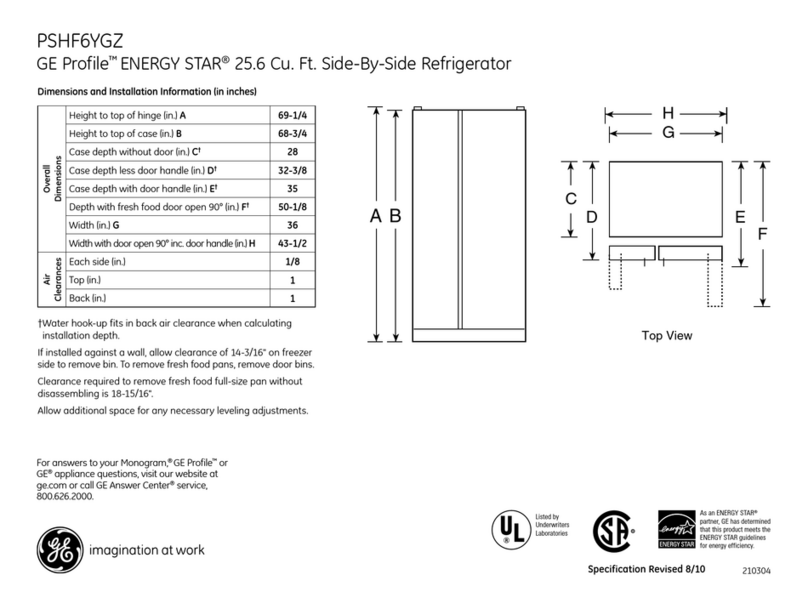
GE
GE Profile PSHF6YGZ Manual
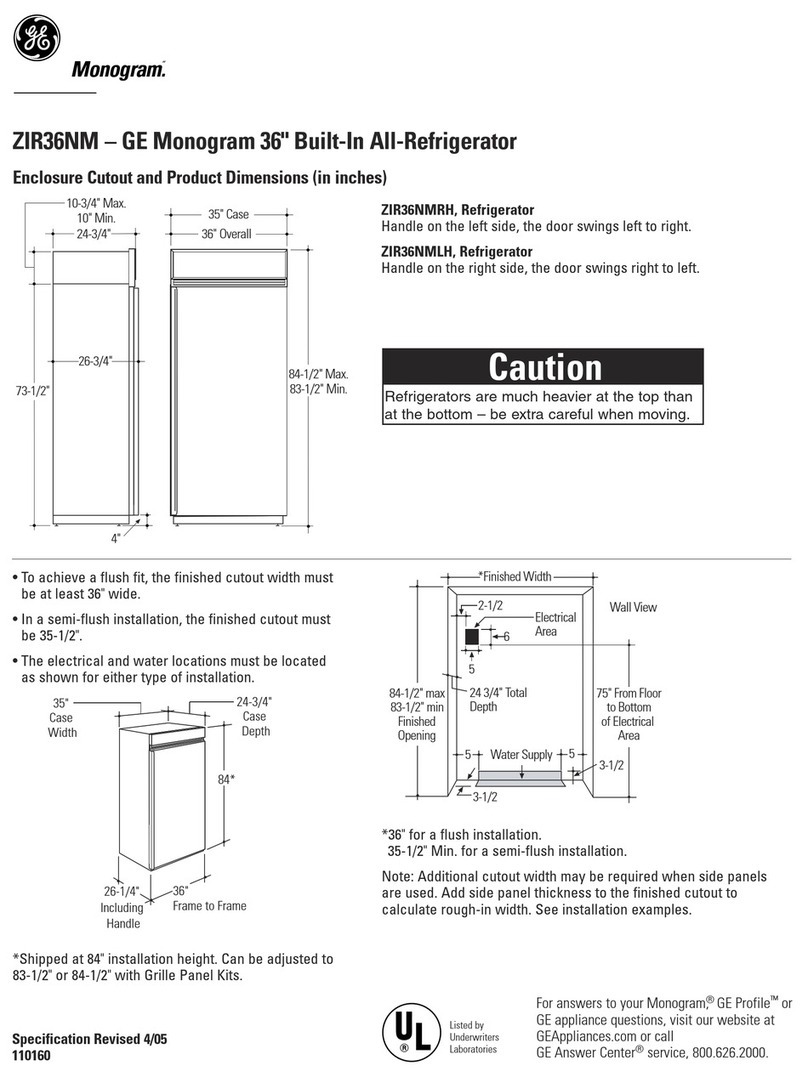
GE
GE Monogram ZIR36NM User instructions

GE
GE BSS25JFTDWW and Operating instructions
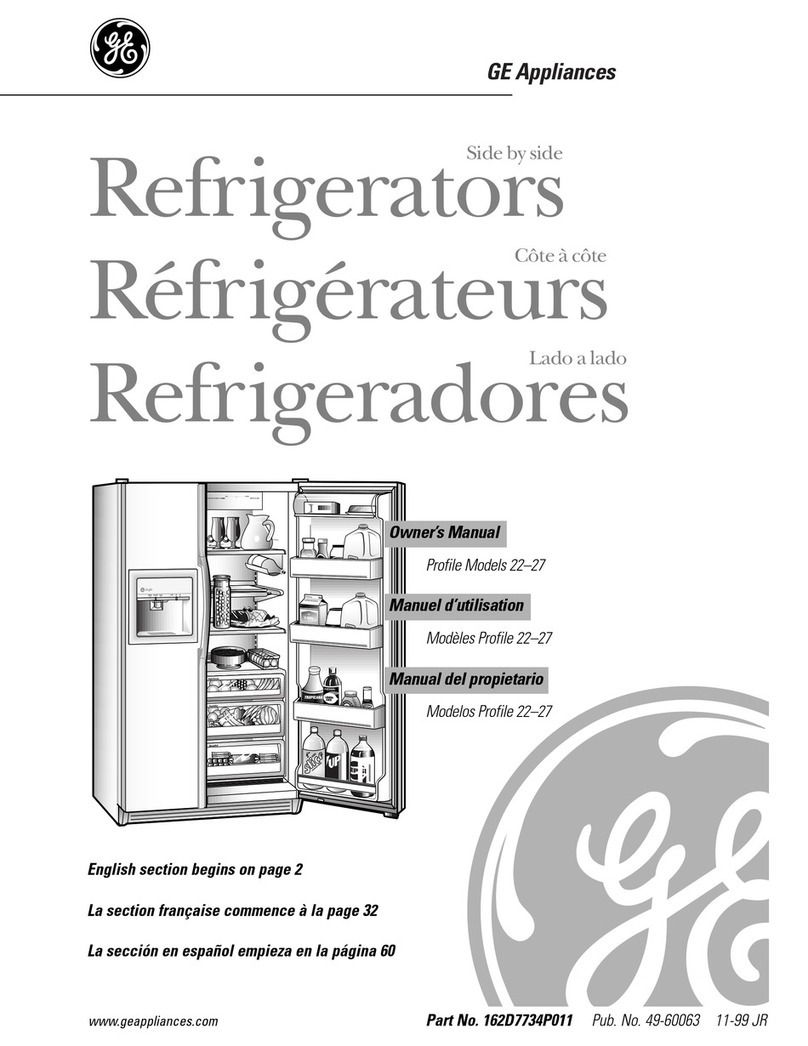
GE
GE Profile TFX26PPD User manual

GE
GE GSE23GGEBB Safety guide
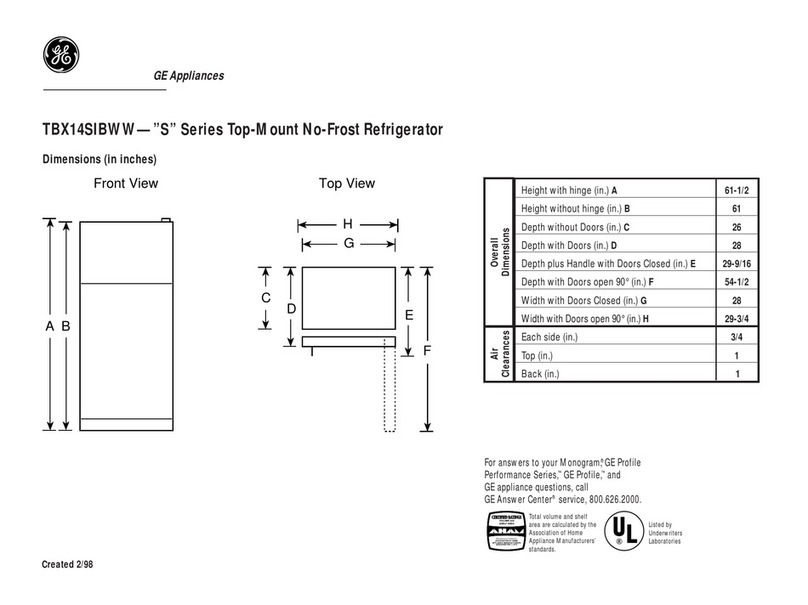
GE
GE GE Profile TBX14SIBAA User manual
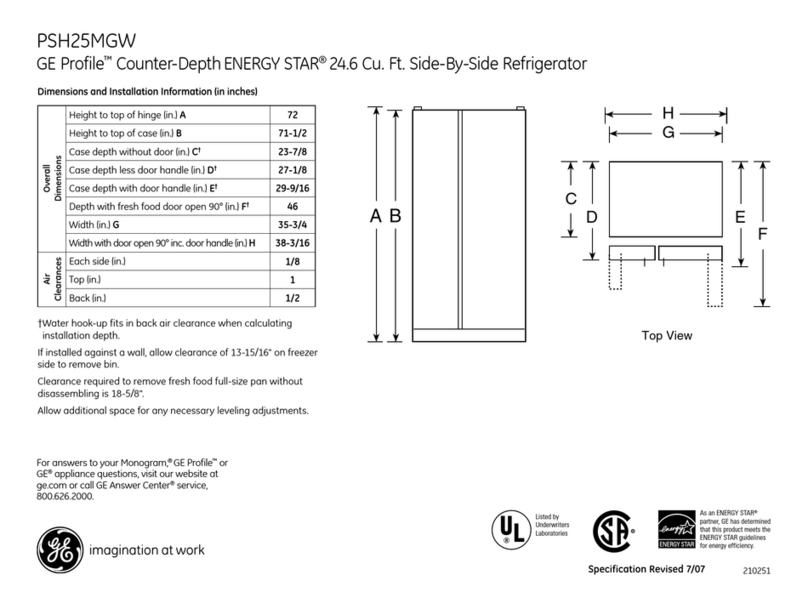
GE
GE Profile PSH25MGW User manual

GE
GE 36? Built-In Bottom-FreezerRefrigerators User manual
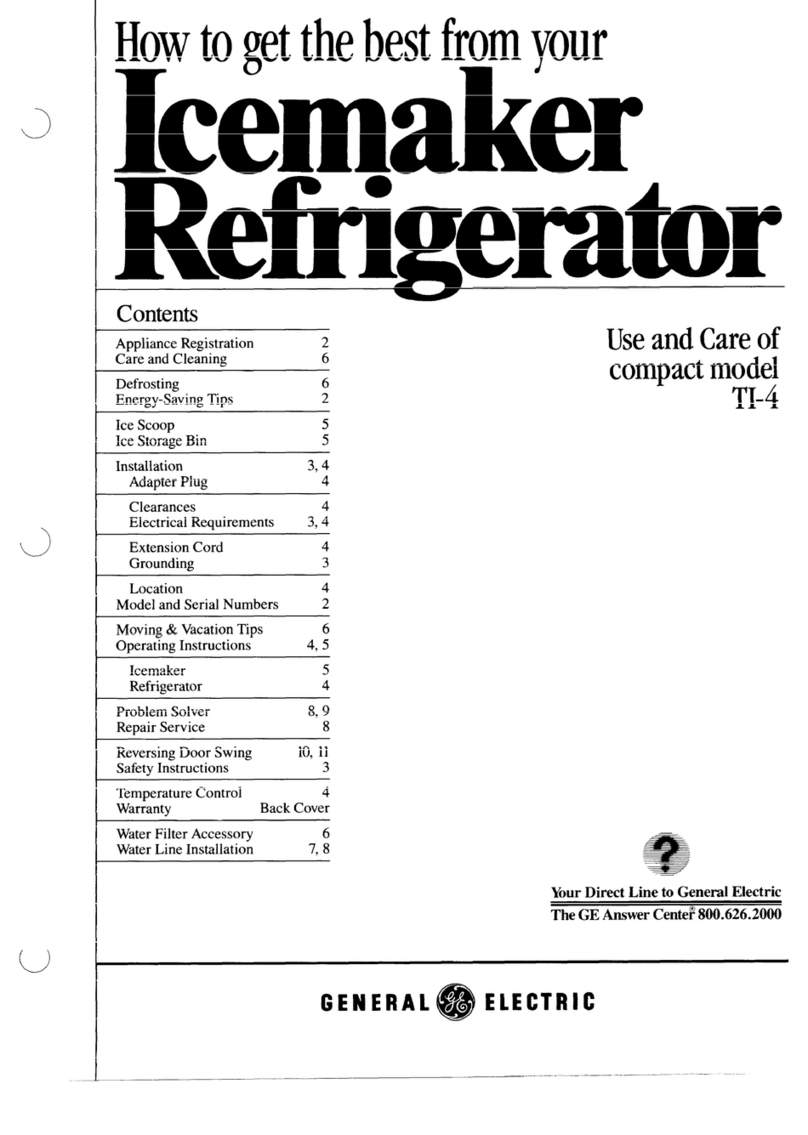
GE
GE TI-4 User manual
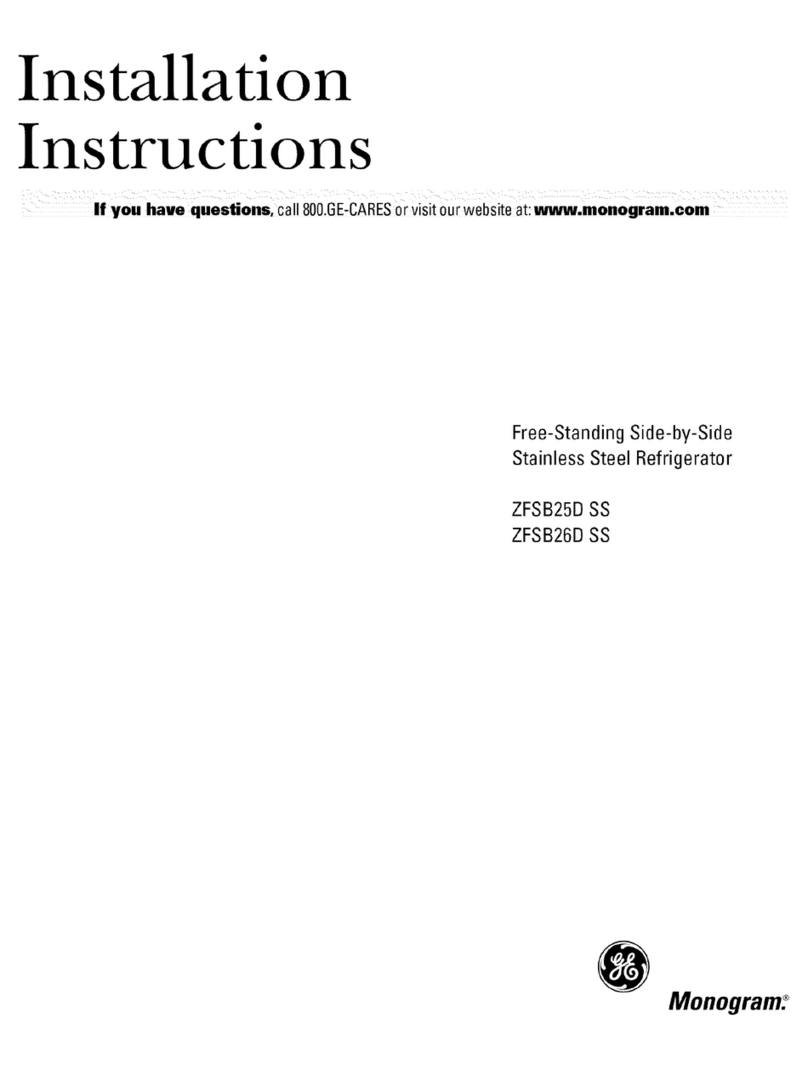
GE
GE Monogram ZFSB25DSS User manual
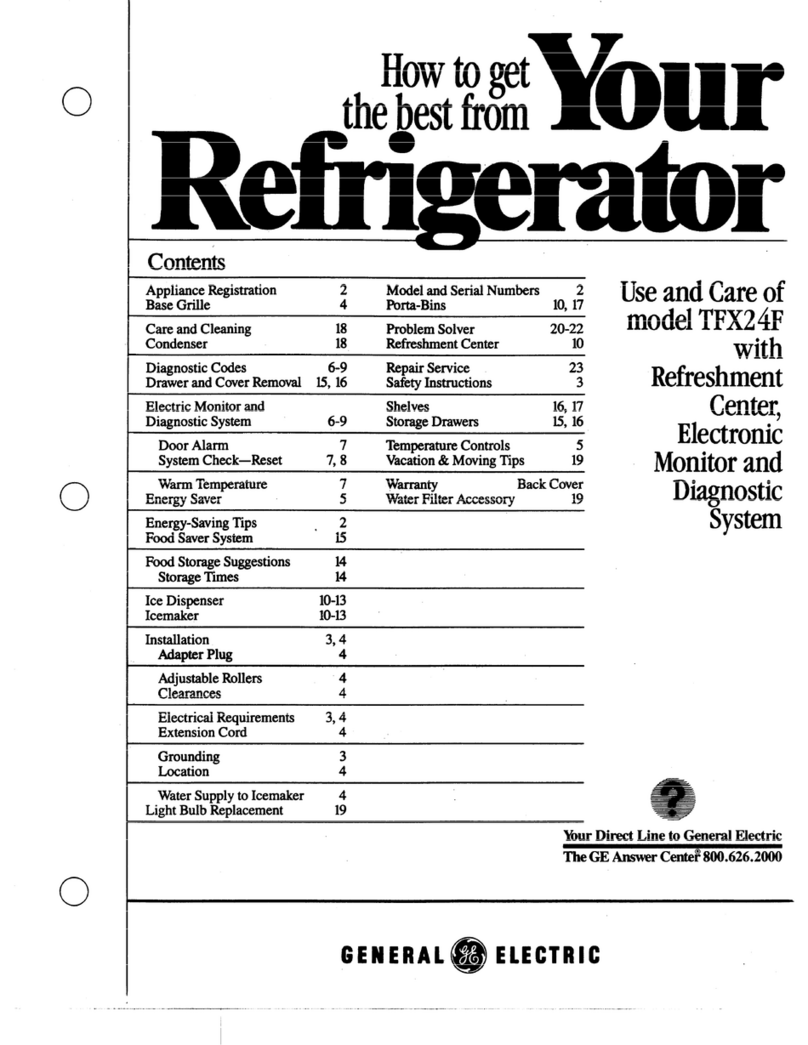
GE
GE TFX24F Installation instructions
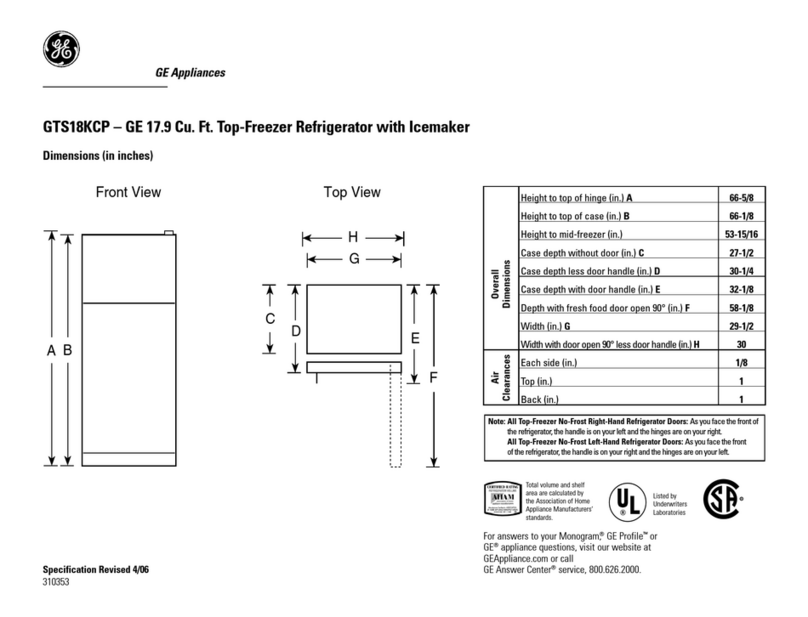
GE
GE GTS18KCP User manual
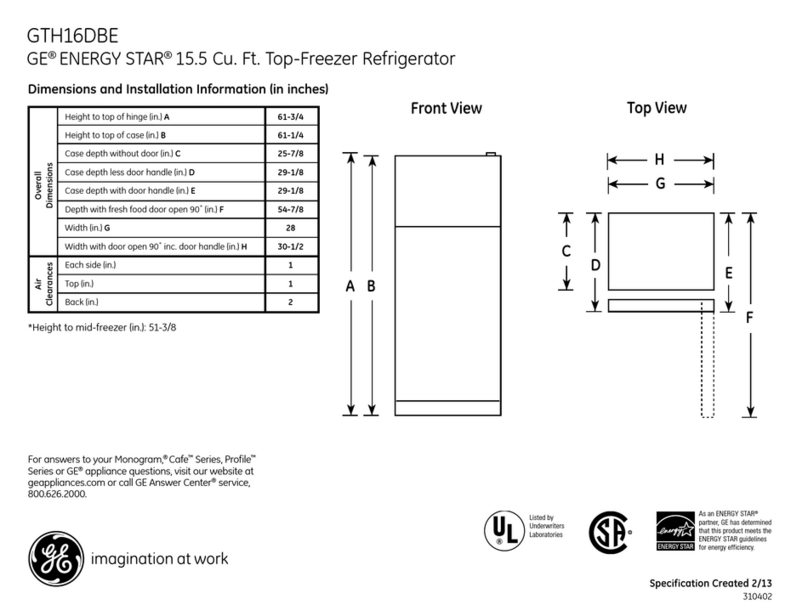
GE
GE GTH16DBERWW Manual
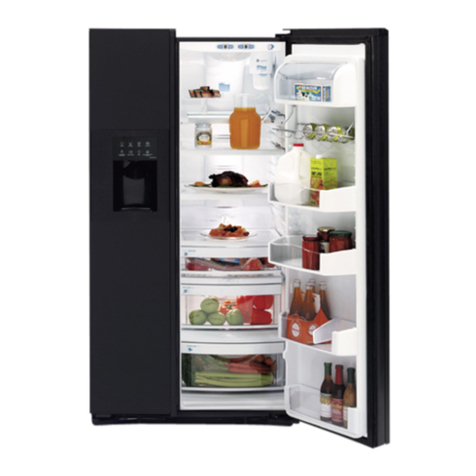
GE
GE GE Profile Arctica PSC23NGN User instructions

